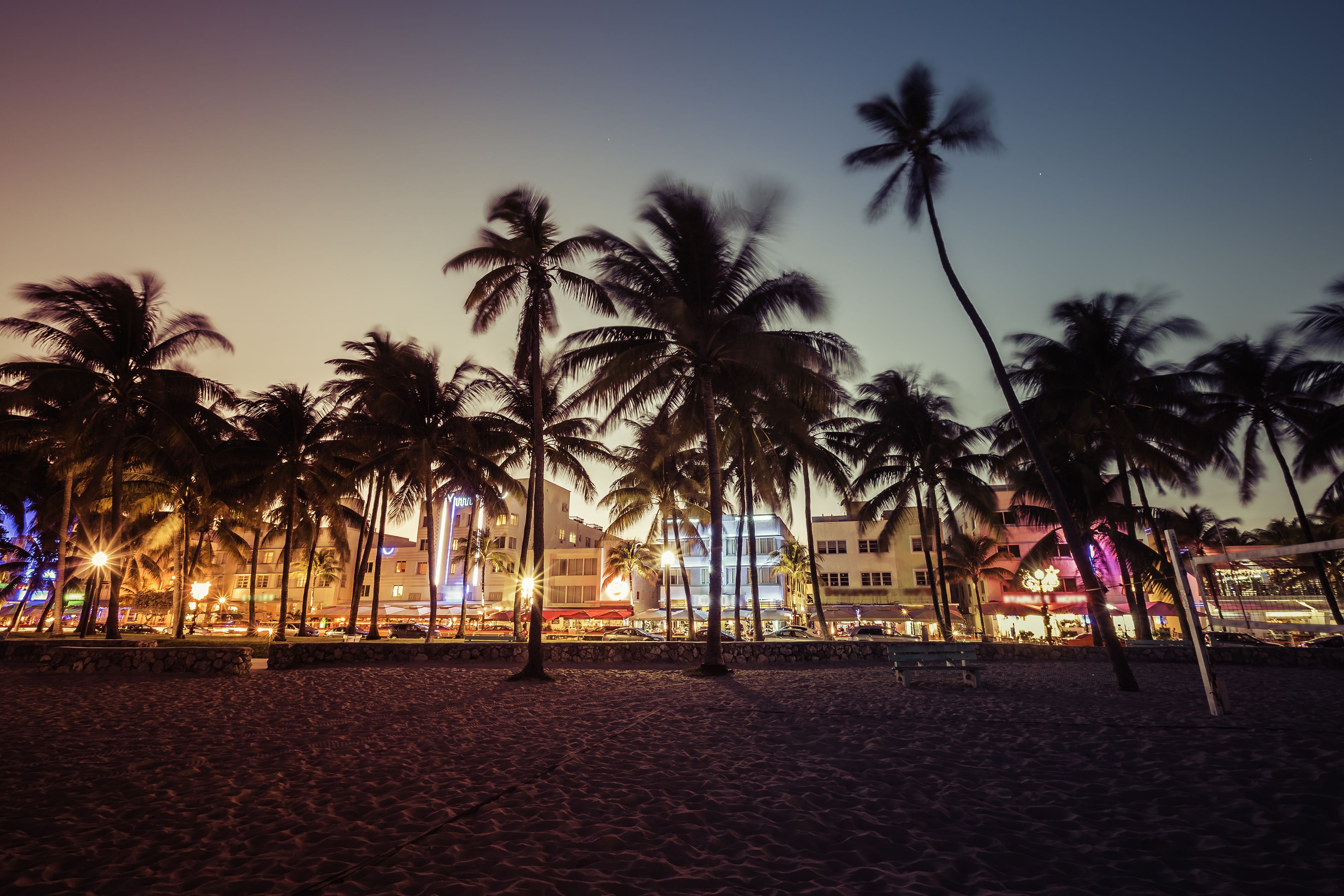Outdoor lighting is an important part of any landscape. It’s used to increase the safety and security of a home, driveway, pathway or business. It can help showcase specific landscape features, like a tree or water feature. But in some parts of the country, outdoor lighting is disrupting animals in their natural habitats.
 How does landscape lighting harm wildlife?
How does landscape lighting harm wildlife?
Artificial lights, like the light from path lighting or accent lighting, causes light trespass, a type of light pollution that intrudes on an area that it wasn’t intended for. That light is something wildlife in your area many not be used to, and it can disrupt their normal patterns or could cause them harm.
 Artificial light could attract animals away from where they should be. For example, sea turtles are born in the sand and follow the light from the moon reflecting off the ocean to find the water. With outdoor lighting, they can be drawn to the light, away from the water, putting them in danger.
Artificial light could attract animals away from where they should be. For example, sea turtles are born in the sand and follow the light from the moon reflecting off the ocean to find the water. With outdoor lighting, they can be drawn to the light, away from the water, putting them in danger.
Artificial light may also repel animals from their natural habitat, causing them to leave their home and find another place to live that may not be compatible with their needs.
It also alters the day/night patterns, causing animals to lose sleep or be active when they shouldn’t be. People can simply go inside and turn off the lights—but animals can’t do that.
Did you know that some communities, particularly those near the gulf coast, have ordinances in place to protect wildlife from the effects of outdoor lighting? Your area may be one of them. Your local fish and wildlife service will have more information about laws in place in your area.
Even if you don’t have specific rules to follow, there are some guidelines that may be useful when designing a lighted area near the beach, a pond, forest or other natural habitat.
How do I protect wildlife?
Keep it low. Mount the fixture as low as possible to minimize light pollution. Use the lowest amount of light to accomplish your goals for the project.
Keep it shielded. Fully shield the light so bulbs or lenses aren’t visible from the outside.
Keep it warm. Use a warmer color temperature, like amber, in a low, shielded fixture to help protect animals from the bright lights of a white lamp.
Head to your local Ewing store to find lighting features that will both enhance your landscape and help you protect the wildlife in your area.





